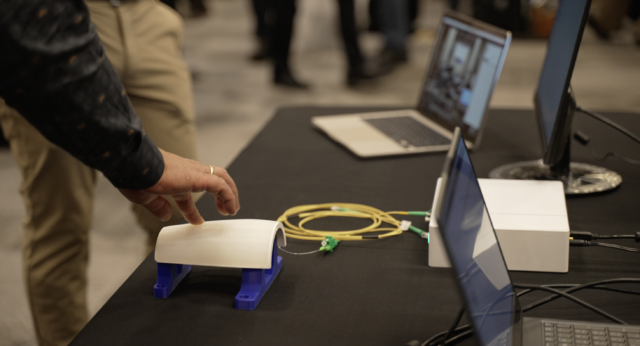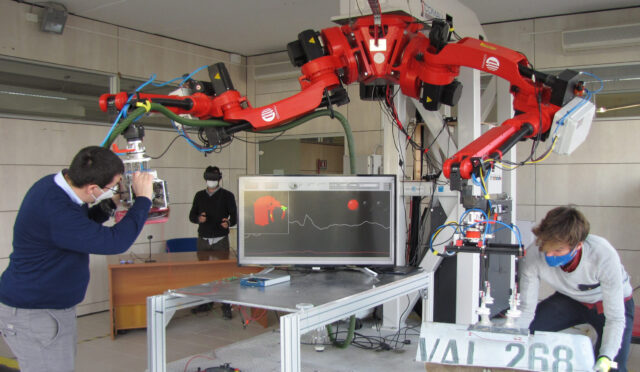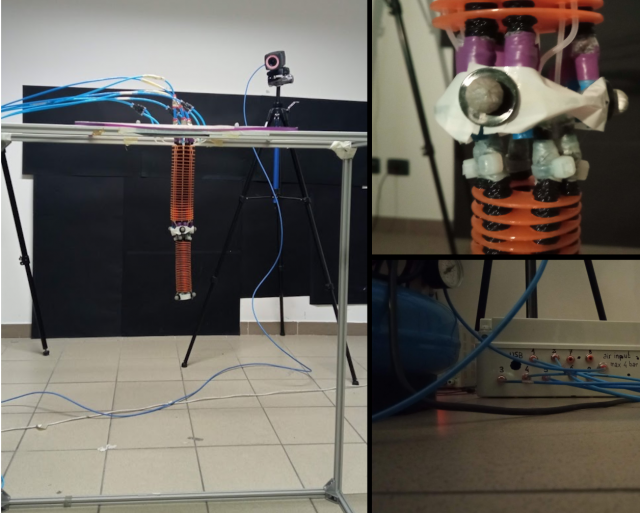HomeRobotic Database - Robotic platform | TERRINet

Universal Robots UR5
Lightweight, flexible collaborative robot. The robot includes freedrive mode, force-sensing for collision detection and several wide spread end of arm tooling.Flexible and safe to work with, without the need of cage or additional safety systems. High repeatability and speed, quick to program.Tool flange presents 12V/24V, 600 mA power supply, with Ethernet communication protocol. Alternative solutions (serial or custom) are available for different end-effectors.2/2 Digital I/Os and 2 Analog inputs.
Key features:
- Maximum load per arm: 5 kg
- Position repeatability: ±0.1 mm
- Reach: 850 mm
- Programmable via Polyscope (HMI pendant), script or ROS
- TCP/IP Ethernet socket and Modbus TCP
Possible applications:
- Handling of materials, lightweight tools and small parts
- Measuring, testing and inspection
- Assembling and processing of small parts
- Human interaction and collaboration
Technical specifications
| DoA: | 6 |
| Interface: | Various |
| Power supply: | N/A |
| Weight: | N/A |
| Maximum total payload: | 5 kg |
Access information
| Corresponding infrastructure | University of the West of England Robotics Innovation Facility |
| Location | Coldharbour Ln, Stoke Gifford, Bristol BS16 1QY, UK |
| Unit of access | Working day |
Access history
FiGito - Peal of seedlings, using the shortest possible time without significantly altering the initial characteristics of the seedling, using the UR5 robotic arm.
Natali Fiorella Alcorta Santisteban
General objective:
- Using the UR5 robotic arm, perform the peal of seedlings using the shortest
possible time without significantly altering the initial characteristics of the
seedling.
Specific objectives:
- Meet and configure the UR5 robotic arm.
- Develop the control algorithms of the UR5 robotic arm, aimed at experimental tests of seedling peal.
- Perform several experimental tests of seedling peal and collect the data obtained in each of these trials.
- Analysis and processing of the data obtained in the experimental tests.
The university where I work is in the process of development and we do not have laboratories as advanced as laboratories in Europe, however, I hope we can imitate some protocols and ways of working, so that we can apply them in northern Peru. We have similar projects that will be developed in the coming years with robotic claws coupled to Cartesian robots, aimed at Peruvian agribusiness. The UR5 robotic arm is a very advanced object manipulation platform, which will serve as a basis to let us know how to manipulate the seedlings by means of the robot\'s claw and because it can replicate the same movement several times with spectacular precision and in less time, which allows to reduce the seal time of the seedlings.
SSSA - The development of multi cleaning tasks in simulation and real environment using meta and multi-task reinforcement learning
Jaeseok Kim
The objective of this project is to develop algorithms that generalize cleaning manipulation tasks in a simulated and actual environment. Based on state of the art, the meta and multi-task reinforcement learning (RL) algorithms are used to learn the tasks with a few datasets and shared structure. I organized this research in simulated and actual robot manipulation tasks as a daily cleaning table with a Universal robot 5 and Robotiq gripper.
The main impact will be two-fold: (i) scientific and (ii) career development
Scientific impact:
(i) Implementation, testing, and validation of research ideas will potentiate the publication of the results in the top robotics journals and conferences, and boost the impact of the research results.
(ii) It is possible to work European projects together as a joint project and provide opening job opportunities in the future.
Career development impact:
(i) The rich academic environment of the Department of Computing, which is part of the University of Bristol, is able to provide diverse classes.








